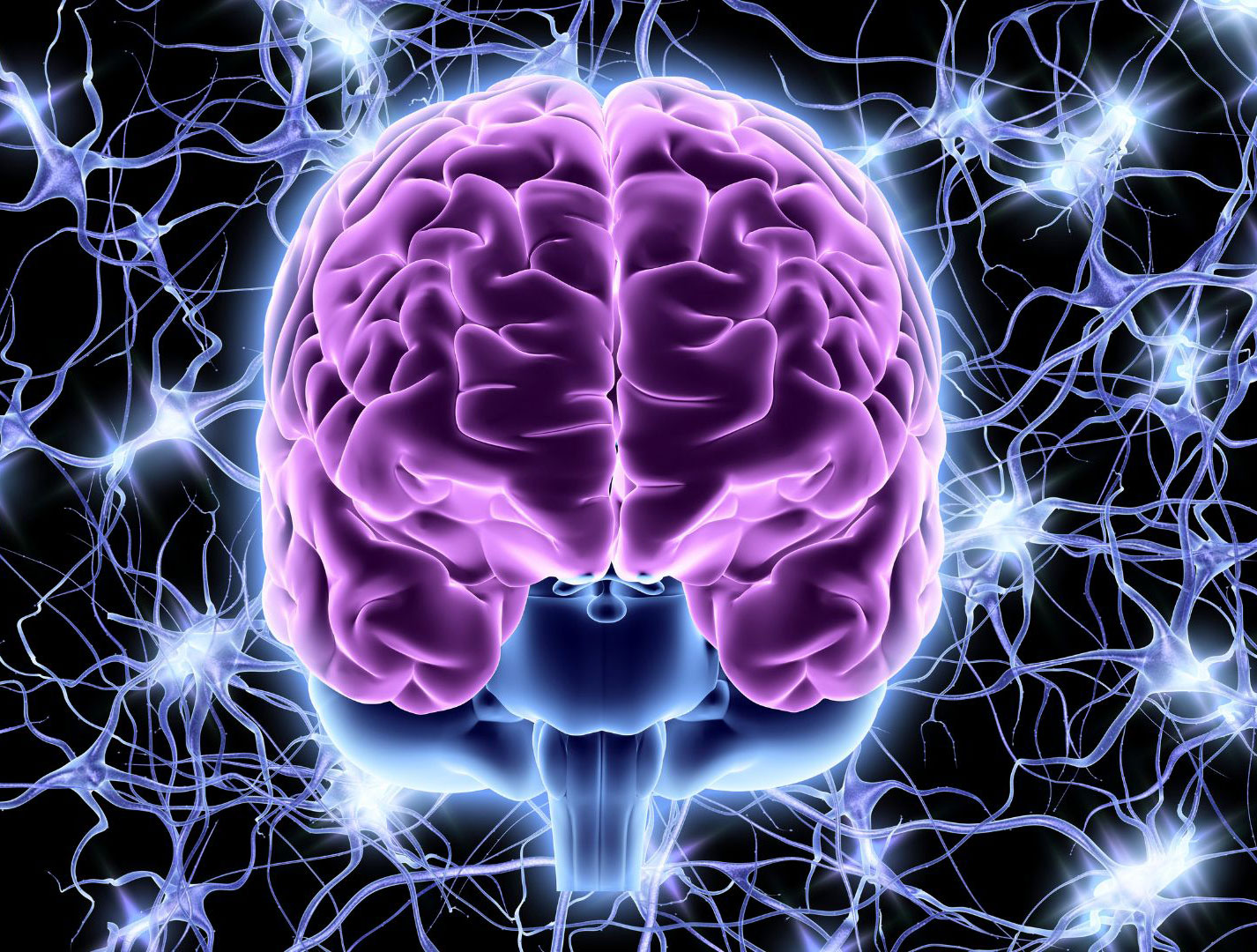With the advancement of modern technology, scientists have been able to find new ways to interpret what our brain activity can explain about mental health. Neuroimaging, or brain imaging scans, are increasingly utilized to detect and even predict who might be more susceptible to developing certain mental disorders, or how individuals with mental illness might respond to treatments. Presently, we know that brain scans are typically used to aid physicians in diagnosing medical conditions such as tumors, damage to brain tissue, blood vessels, causes of stroke, and more. On their own, brain scans are unable to diagnose mental illnesses. Brain scans are able to tell us what conditions a patient may not have, and they can also provide clues to what kinds of symptoms patients experience as a result of physically altered structure. Neuroimaging can be used in conjunction with various other medical screens to aid doctors in their mission to diagnose the right mood or behavioral disorder, and they can also provide some insight to what mental illness can do to otherwise healthy brain development.
Two Common types of Brain Scans
To reiterate, brain scans cannot diagnose patients with mental illness when used on their own. Scientists may use data from these scans to compare the brains of neurotypical individuals to those with already diagnosed mental disorders to study brain development, disease progression, the effects of medicine on the brain, and to see physical differences between the two types of brains. These differences are what we will explore later in this blog, but for now we will discuss two of the most common brain scans that patients have done.
MRI
Magnetic resonance imaging, or MRI, is an imaging technique that creates detailed images of different body parts such as the skeletal system, organs, and tissues. This imaging technique is non-invasive, and it utilizes both magnetic fields and computer-generated radio waves to develop images. MRI machines are essentially large magnets that patients lie down in, and when the radio waves go through the body, cross-sectional MRI images are formed. In terms of brain scans, MRI are the most frequently used imaging modality. Aside from assisting physicians in diagnosing some mental health conditions, there is a special type of MRI known as functional MRI (fMRI) that produces images of blood flow to different areas of the brain. It can show the anatomy of the brain and what the different structures look like at different times. MRIs can be used to diagnose:
- Tumors
- multiple sclerosis
- Brain injuries due to trauma
- Stroke
PET Scan
Positron emission tomography, or a PET scan, is a type of brain imaging test that demonstrates the metabolic function of the tissues and organs. This scan uses drugs called radiotracers to show what typical and atypical forms of metabolic activity look like. It reveals how blood flow and different biochemical functions of various body parts are working. During a PET scan, the radiotracer is injected into a vein of the patient, and the tracer will then travel into various parts of the body that have high levels of metabolic activity. The locations in which the radiotracer goes is a pretty good indication of where the disease is. PET scans are especially good at discovering a myriad of conditions, like cancer, Alzheimer’s disease, and seizures.
ADHD Brain vs. Neurotypical Brain
As we have discussed in a previous blog post, attention-deficit hyperactivity disorder, or ADHD, is a very common mental health condition that impacts an individual’s ability to concentrate, retain information, and focus. Individuals may have more trouble paying attention and controlling their behavior, and ADHD is typically a disorder that is diagnosed in children when compared to adults. Moreover, studies on ADHD patient brain scans show more significant differences between the brains of children than the brains of adults. Overall, studies have shown that there are key functional and structural differences between specific brain regions of those with ADHD.
Some differences that characterize ADHD brains include:
- Smaller brain sizes: A 2018 study demonstrated that patients with ADHD had smaller brains when compared to neurotypical brains. Though brain size is not an indicator of intelligence, it is a difference nonetheless.
- Increase in functional connectivity: Within the brain, a structure called the basal ganglia is in charge of processing information. This brain area controls our motor movements as it receives input from other areas of the brain to communicate it back to the motor center. For patients with ADHD, this area has shown on scans that it has difficulty with processing dysfunctional information. Dysfunctional information does not mean that this information is necessarily impaired, but rather, patients with ADHD have brain scans with an increased level of processing activity in areas of the brain that individuals without ADHD do not experience.
- Decreased blood flow: As mentioned above, fMRI scans are able to detect activity with the brain by the way blood flows. Studies have shown that there is decreased blood flow to different areas of the brain, specifically the prefrontal area, within ADHD brains. The prefrontal cortex is in charge of high-level executive functioning, like planning, paying attention, and organizing. Decreased blood flow to areas such as this one can be a cause of symptomatology within ADHD patients.
Depressed Brain vs. Neurotypical Brain
In the United States, major depressive disorder (MDD) is the most common mental disorder and can affect nearly 1 in 10 adults and up to 1 in 5 adolescents or young adults. Symptoms of MDD include prolonged low moods, hopelessness, loss of interest, adverse physical symptoms, and diminished social function. To study the effects of how MDD can manifest within the brain, researchers have made extensive use of MRI scans to determine these differences. MRI scans have been able to detect differences within gray matter and white matter areas of the brain, and fMRI has demonstrated the neuronal activity of in various brain regions as well. Studies have shown that there is impairment within several MDD brain regions.
Some significant structural differences within MDD brains include:
- Volume differences within the frontal brain: The frontal brain region is located directly behind the forehead, and it is in charge of major executive functions. It controls our voluntary movements, cognitive skills, and expressing language. Prior studies have shown that patients with MDD have frontal brain regions that have significantly different regional thickness as compared to neurotypical controls. For example, research has found reduced thickness of the prefrontal regions of the brain, and these changes are associated with poor clinical outcomes. Within the orbitofrontal cortex (OFC), a brain region involved in feelings, behaviors, motivation, and decision making, MDD patients have increased cortical thickness in this region compared to neurotypical brains. In addition, MRI and fMRI scans have shown that the thickness of the right medial orbital cortex is thinner than neurotypical brains, and there has been found to be reduced brain activity within the bilateral OFC.
- Disruptions within the striatum: The striatum are known as the largest structure of the basal ganglia, and it is a form of connected nuclei that are involved with motor control, forming habits, and rewards. A number of neuroimaging studies have shown that there are significant differences within this brain region in MDD patients when compared with neurotypical brains. For example, in patients with MDD that committed suicide, there has been found to be a significant decrease in gray matter intensity within the striatum. Gray matter is a neuron-dense area within the brain that allows it to process information and relay information to other parts of the brain. A study of fMRI scans have also reported that activity within the striatum was reduced for MDD patients as it pertains to the reward system, and that decreased reward connections within the brain led to worsening in depression severity. Essentially, the activity of the striatum plays a role in how severe someone with MDD will experience symptoms.
Can a Brain Scan tell me if I have a mental illness?
While brain scans can tell us a lot about the physical differences between the brains of those with mental illness versus those with neurotypical brains, an MRI or PET scan does not have the power to warrant a diagnosis on its own. In addition, brain scans do not have the ability to give any definitive answers about any one person’s brain disorder. Researchers look at the averages among a number of different brain scans, so the results that come from this sample can tell us how a person with a particular mental illness might differ from a person without their disorder as a whole, but there are no definitive answers. As time goes on and technology advances, however, it might not be too long until researchers are able to use scans to make more diagnostic decisions where mental illness is concerned. A lot of the mental health diagnoses that are given today rely heavily on a provider’s subjective assessment of that patient, so as neuroimaging techniques evolve and become more definitive in the findings they present, mental health diagnoses may be on the way to becoming more objective, or data supported. This may mean more accurate, comprehensive, and consistent diagnoses for mental health illness in the future.







